Breast Augmentation

As a safe and effective means of improving the size and shape of the chest, breast augmentation is the most popular plastic surgery procedure in America. Using implants, Dr. Carter can create breasts that are firmer and better-positioned with an eye-catching appearance you desire. Every woman deserves to feel beautiful in the body she lives in.
Identify Your Breast Type
Naturally Small Breast
Women seeking a breast augmentation to correct naturally small breasts are typically between 18 and 30 years old. If your breasts are small due to genetics, then you may lack feminine curves. Small breasts are relative to your body’s frame, and there is no one cup size that determines if your breasts are too small. Women with naturally small breasts may have limited or thin breast tissue, which can impact the ideal type and placement of your implants during surgery.
Schedule Your ConsultationVolume Loss
Women who desire a breast augmentation to reverse volume loss are generally between 30 and 40 years old. Volume loss is often the result of pregnancy, but it also accompanies weight loss. If you experienced a loss of breast mass, your breasts may appear empty and deflated. Women often find it difficult to accept that their breasts have changed, and they seek treatment to restore the look and feel of their breasts from before pregnancy or weight loss.
Schedule Your ConsultationAging Breasts
Women that desire breast augmentation to improve the appearance of aging breasts are usually over 40 years old. The breast tissue becomes weak as we age, which causes deflation and sagging. Women with aging breasts may require a breast lift along with their augmentation to address breast drooping. If left untreated, sagging breast tissue can affect the quality of your breast augmentation results. Restoring firmness and perkiness can help women regain their youthful physique.
Schedule Your ConsultationCustomize Your Breast Enhancement
Implant Material
The type of implant chosen for your breast augmentation plays an important role in creating the look and feel of your new breasts.
- (filled with a cohesive silicone gel) are FDA approved for women 22 years or over
- Best simulate natural breast tissue
- Less Likely to develop visible wrinkles or ripples
- May require an MRI to identify implant rupture
- (filled with salt water) are FDA approved for women 18 years or older
- May appear less natural in women with little or thin breast tissue
- Require smaller incisions for placement
- More easily identifiable implant ruptures
Implant Profile & Shape
Implant profile and shape will determine how the breasts are positioned on the chest.
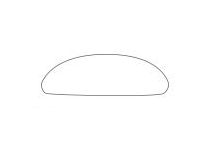
Low Profile Implants
have a wider base and lower projection

Round Implants
- The most common type of implant used because it doesn’t cause breast deformity if it rotates in the pocket
- Round implants provide the greatest amount of lift, fullness, and cleavage but may provide more artificial-looking results
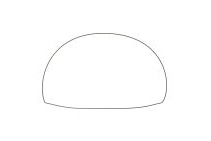
High Profile Implants
have a more narrow base and high projection
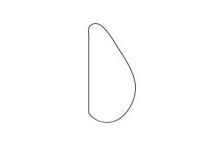
Teardrop Implants
- Anatomically shaped with a gently sloping contour to create the appearance of a natural breast slope
- Can provide better breast projection and are designed to create a more natural breast appearance
- May cause breast distortion if they rotate in the pocket
Incision Location

Transaxillary
- The incision is located in the natural fold of the armpit
- An endoscope or small tube is used to place the implant

Inframammary
- The incision is created along the underside of the breast in the lower crease
- Provides the best visibility and helps ensure a more secure implant placement
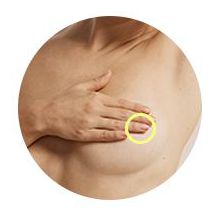
Periareolar
- The incision is placed around the outer edge of the areola
- Allows for implant placement and bleeding control
Implant Placement
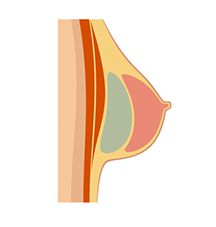
Subglandular Placement
- Inserts the implant under the breast gland but over the pectoral muscle
- Often results in a shorter recovery period with less postoperative pain
- Provides a subtle lift
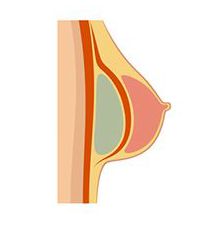
Subpectoral Placement
- Inserts the implant under both the breast gland and the pectoral muscle
- May require the use of drains
- Can result in a longer recovery period
- Studies show that this placement has a lower rate of capsular contracture
The Breast Enhancement Process
Consultation
Your consultation with Dr. Carter is designed to provide her with information about your goals and breast needs. She evaluates your unique body shape and will help you determine the best treatment plan to provide you with your ideal breast appearance. Each breast augmentation is customized to meet your individual needs.
Recovery
Dr. Carter’s breast augmentation techniques are designed to provide each patient with a quick and healthy recovery. However, you will experience some bruising and swelling around the chest following your procedure. You will need to rest for several days following your surgery. A surgical bra will need to be worn for several days, and a support bra without underwire will be used throughout the rest of the recovery process. You should be able to return to work within two weeks of your procedure but must avoid strenuous activities, including heavy lifting, for up to four weeks. Patients may temporarily have reduced sensation in their nipples. Swelling should significantly subside after six weeks, but minor swelling may last for several months following your procedure.
Scars
Dr. Carter strives to make incisions as inconspicuous as possible. However, the extent and visibility of your scarring will depend on the incision and implant type used for your procedure. Silicone implants require longer incisions than saline implants. Inframammary and periareolar incisions can result in some visible scarring on the breasts. Your body’s healing process will affect how your scarring develops. Most scarring is likely to fade over time.
Pain
Breast augmentation surgery is performed with the patient under general anesthesia to ensure a safe and painless procedure. Stretched tissue following your procedure can result in soreness during your initial recovery. Patients can use an oral pain medication to control any associated discomfort.
“It was wonderful seeing you in your beautiful office today. I am so very proud of you and want to thank you for your kindness.
Thank you again for your kindness, generosity and friendship!”
With love,
D.R.”
“Jim and I loved your Christmas card with the boys’ pictures. They are so handsome! Like Mom and Dad! Also, I wanted to thank you for taking care of my friend. She was so nervous before she saw you, and she feels so comfortable now that she is under your care.”
Thank you again.
Love,
R.F.


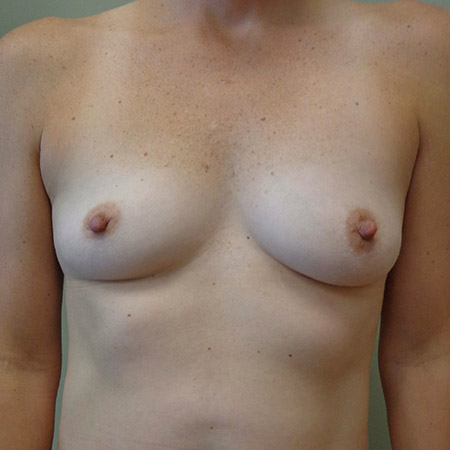
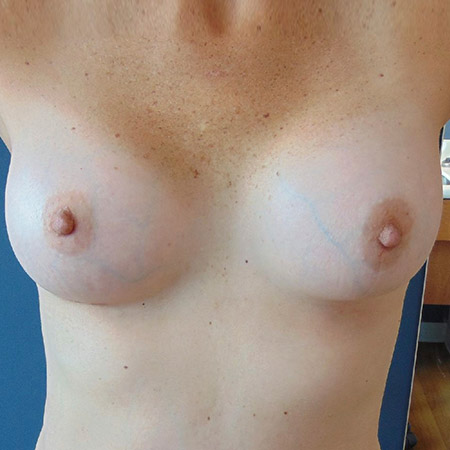
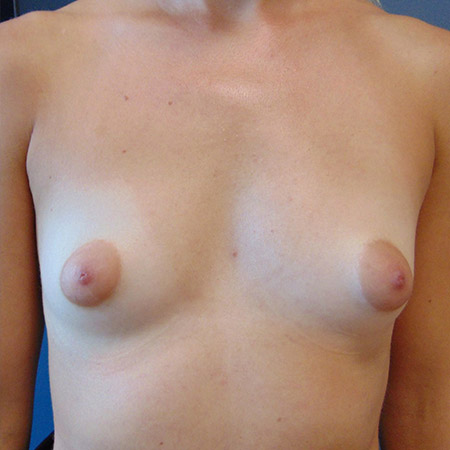
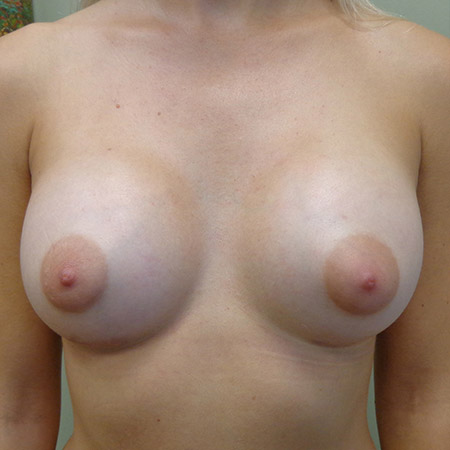
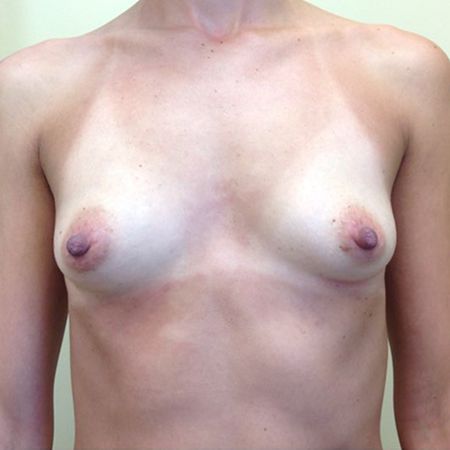
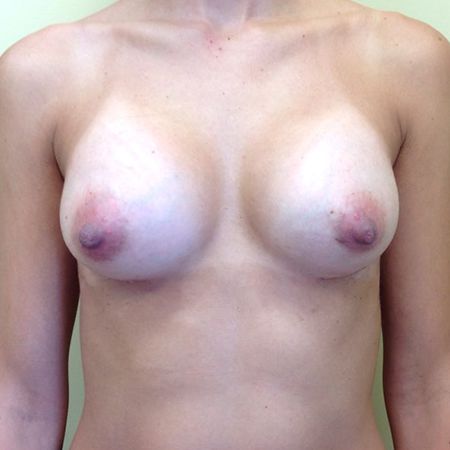
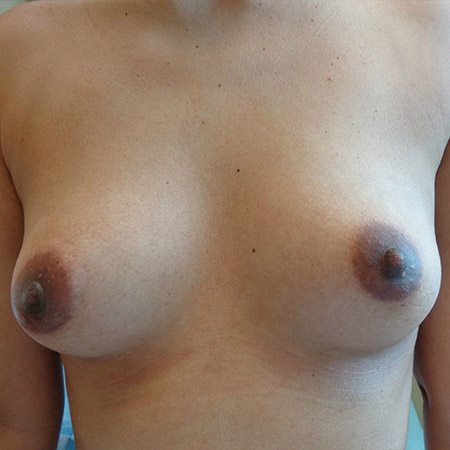
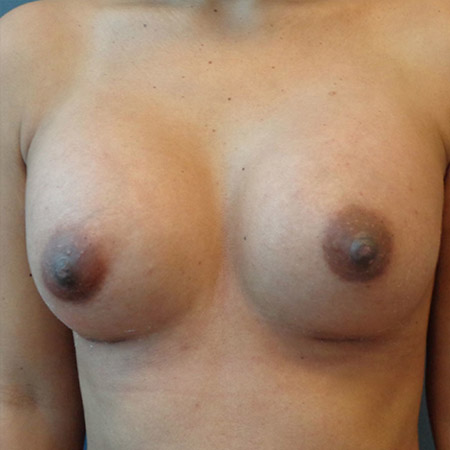
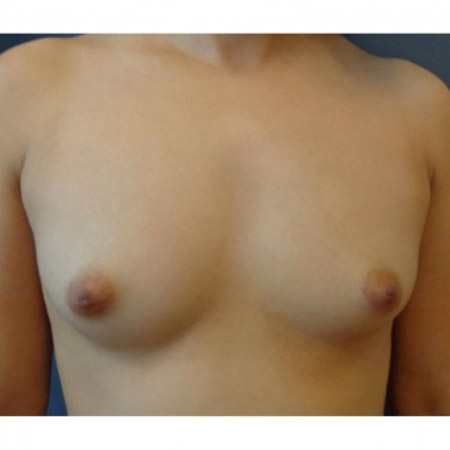
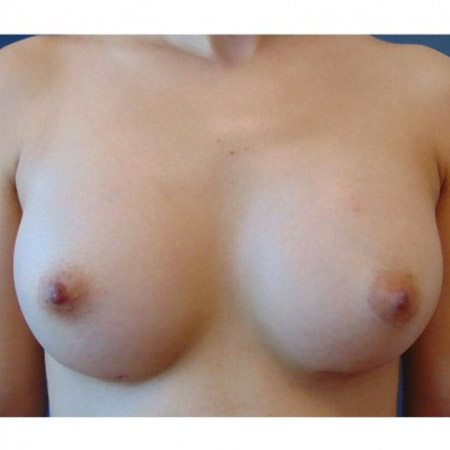
Women considering breast augmentation surgery should be in good health and have realistic expectations about their results. Most breast augmentation patients are looking to enlarge their breasts, improve their breast shape, and in some cases, correct asymmetry.
Complications are extremely rare, and Dr. Carter takes great care to minimize your risks. Bleeding, infection, and loss of sensation are the most common risks associated with breast augmentation. Rare complications include capsular contracture, permanent nipple-sensation loss, and implant rupture or leak. Closely following your aftercare instructions and regular monitoring of the breasts following your procedure will help lower the risk of developing any complications.
Aging or weight loss can be associated with weakened breast tissue that has begun to sag. If implants are only supported by weak, sagging tissue, complications may develop that affect the appearance of the breasts. Untreated breast drooping can lead to double-bubble deformity or implants bottoming out. A breast lift will restore a firmer breast appearance and provide extra support for your implants.
Breast augmentation surgery is designed to provide long-term enhancement. Most women achieve a satisfactory breast appearance that lasts them for years. Some implants may require replacement after 10 or 15 years. Consult the manufacturer for implant life and warranties.


